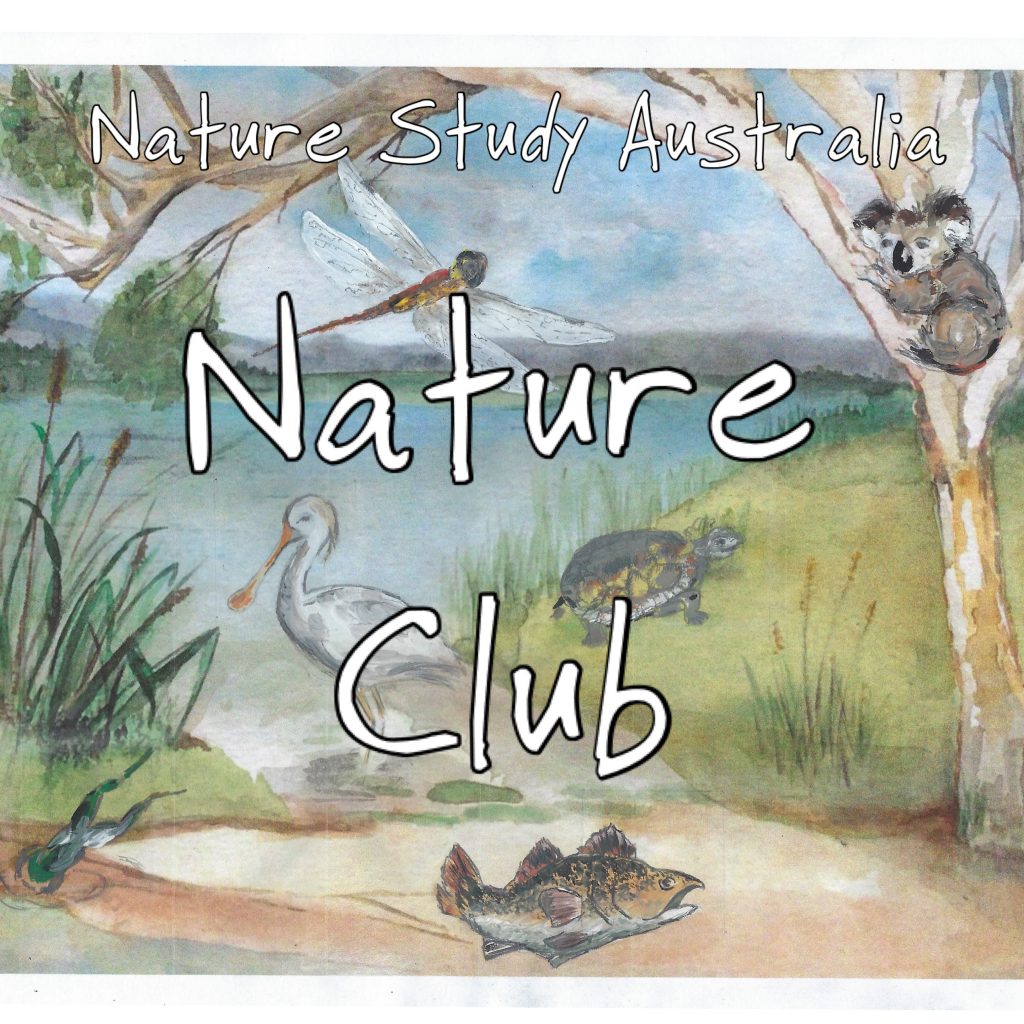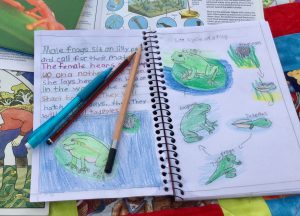
Frogs belong to the animal group called Amphibians which means two-lives. First, they live in water and breathe through gills like fish. Then, after a few weeks, the tadpoles slowly begin to metamorphosise and become froglets before completing a full transformation into land and pond living creatures who breathe through their skin. We found the amphibian metamorphosis from tadpole to frog intriguing. There were so many variations between them.
Tadpoles:
Frogs:
- live on land near water as adults.
- breathe through their permeable skin.
- are carnivorous and eat insects, worms, and spiders.
- have arms and legs.
Frogs are oviparous which means they lay un-shelled eggs. The eggs are laid in the water within a gel-like substance. The tadpoles will eat algae when hatched, but when the process of metamorphosis begins, froglets are unable to eat and live off food stored within their tails. Once the change is complete, they”ll begin eating insects.
Table of Contents
Indoor PrepWork:
Learn all about amphibians.
Watch how a tadpole becomes a frog.
Sing along to the metamorphosis song.
Read or listen to Frogs by Gail Gibbons.
Field Work:
Visit a pond and search for frog eggs or tadpoles. Observe them and see how far along they are in the metamorphosis transition.
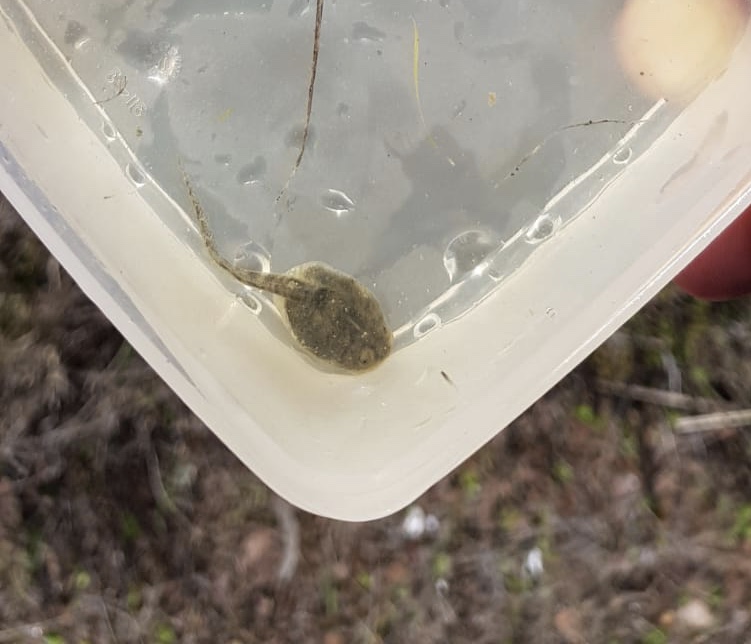
What are they doing? What are they eating? What does their habitat look like?
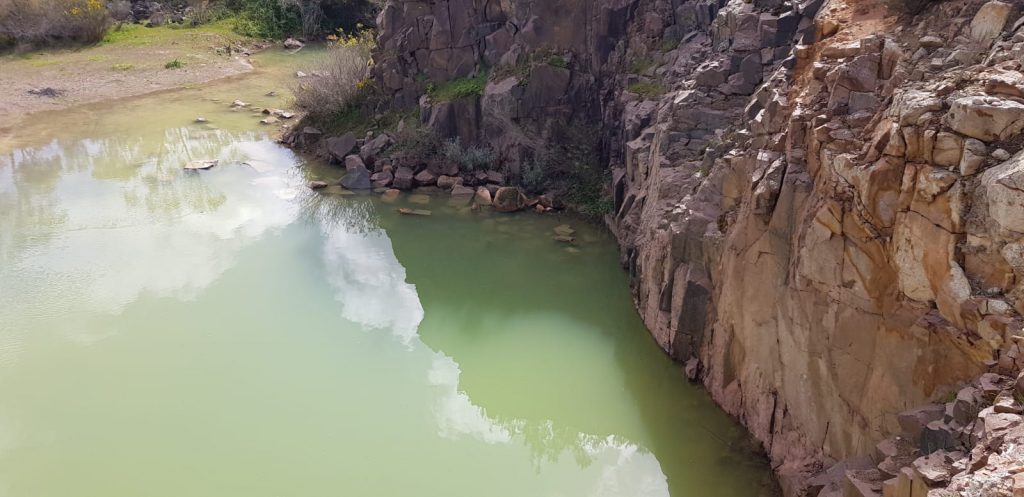
What other creatures share the pond with them? Can you see or hear any frogs nearby?
Field Jouranling
Sketch the tadpoles inside your nature journal and write down your observations. Sketch a few tadpoles in their various stages and finally draw the frog they’ll become.
Activities
- Draw a picture of a frog’s life cycle and label it within your journal or use the Life Cycle of a Frog notebook page.
- Download the FrogID app from the Australian Museum to identify the calls of the frogs in your area.
- Create a frog habitat with the Habitat Task Card.
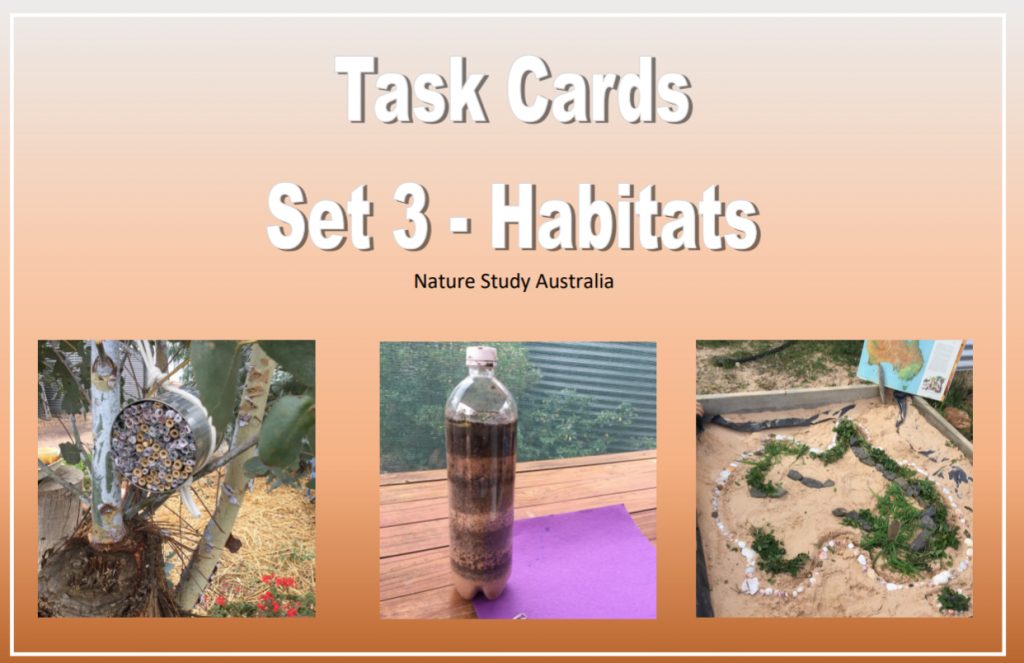
- Go ponding with the Ponding Task Cards.

WOULD YOU LIKE TO LEARN ABOUT THE SPOTTED GRASS FROG?
Dig deeper with the Australian Nature Study Guide | Volume 1 | Summer/Autumn.
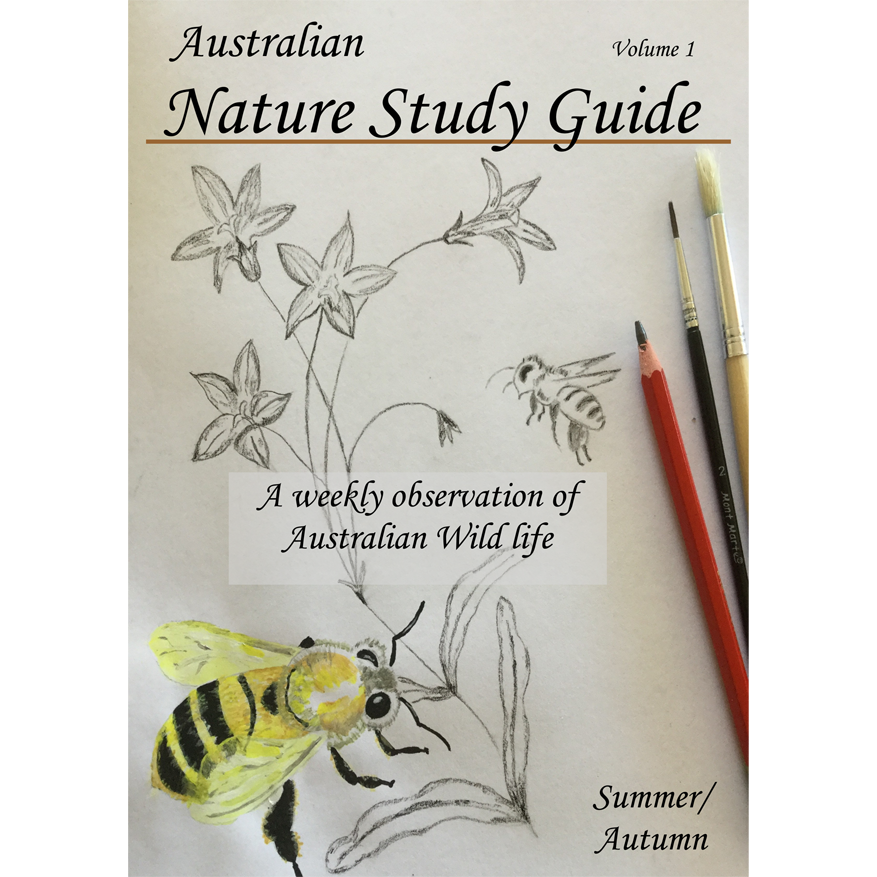
YOU MAY BE INTERESTED IN:
HONEYBEE MINI STUDY
EXTRAORDINARY BEES
BLUE-TONGUE LIZARD MINI STUDY
TREE ECOSYSTEM MINI STUDY
Earn your Nature Club Badges while exploring Amphibians by observing, collecting data, or nature journaling.
